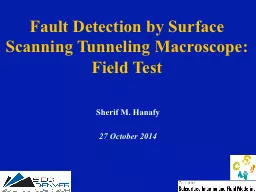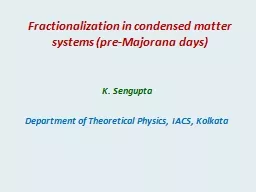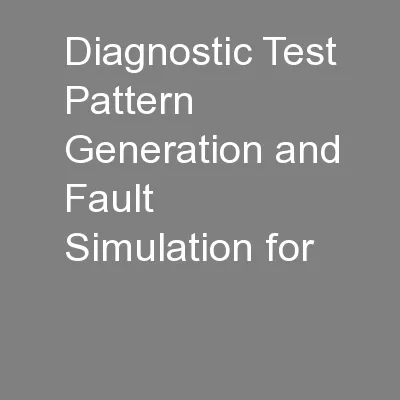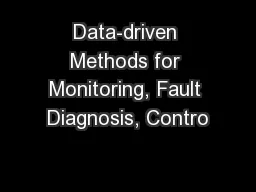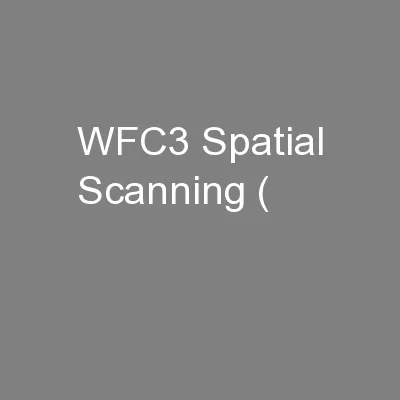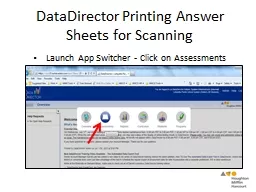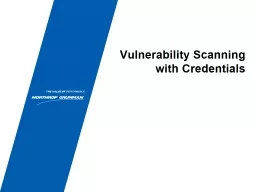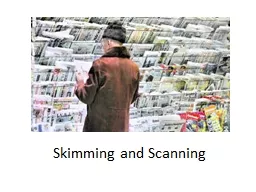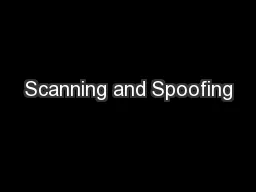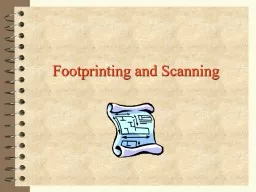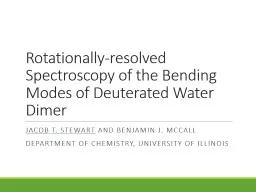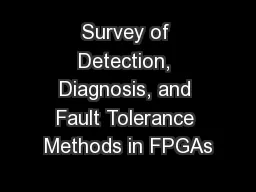PPT-Fault Detection by Surface Scanning Tunneling
Author : tawny-fly | Published Date : 2017-01-21
Macroscope Field Test Sherif M Hanafy 27 October 2014 Outline Problem Theory Introduction to SSTM Numerical Tests Elastic synthetic examples Field example Conclusions
Presentation Embed Code
Download Presentation
Download Presentation The PPT/PDF document "Fault Detection by Surface Scanning Tunn..." is the property of its rightful owner. Permission is granted to download and print the materials on this website for personal, non-commercial use only, and to display it on your personal computer provided you do not modify the materials and that you retain all copyright notices contained in the materials. By downloading content from our website, you accept the terms of this agreement.
Fault Detection by Surface Scanning Tunneling: Transcript
Download Rules Of Document
"Fault Detection by Surface Scanning Tunneling"The content belongs to its owner. You may download and print it for personal use, without modification, and keep all copyright notices. By downloading, you agree to these terms.
Related Documents

